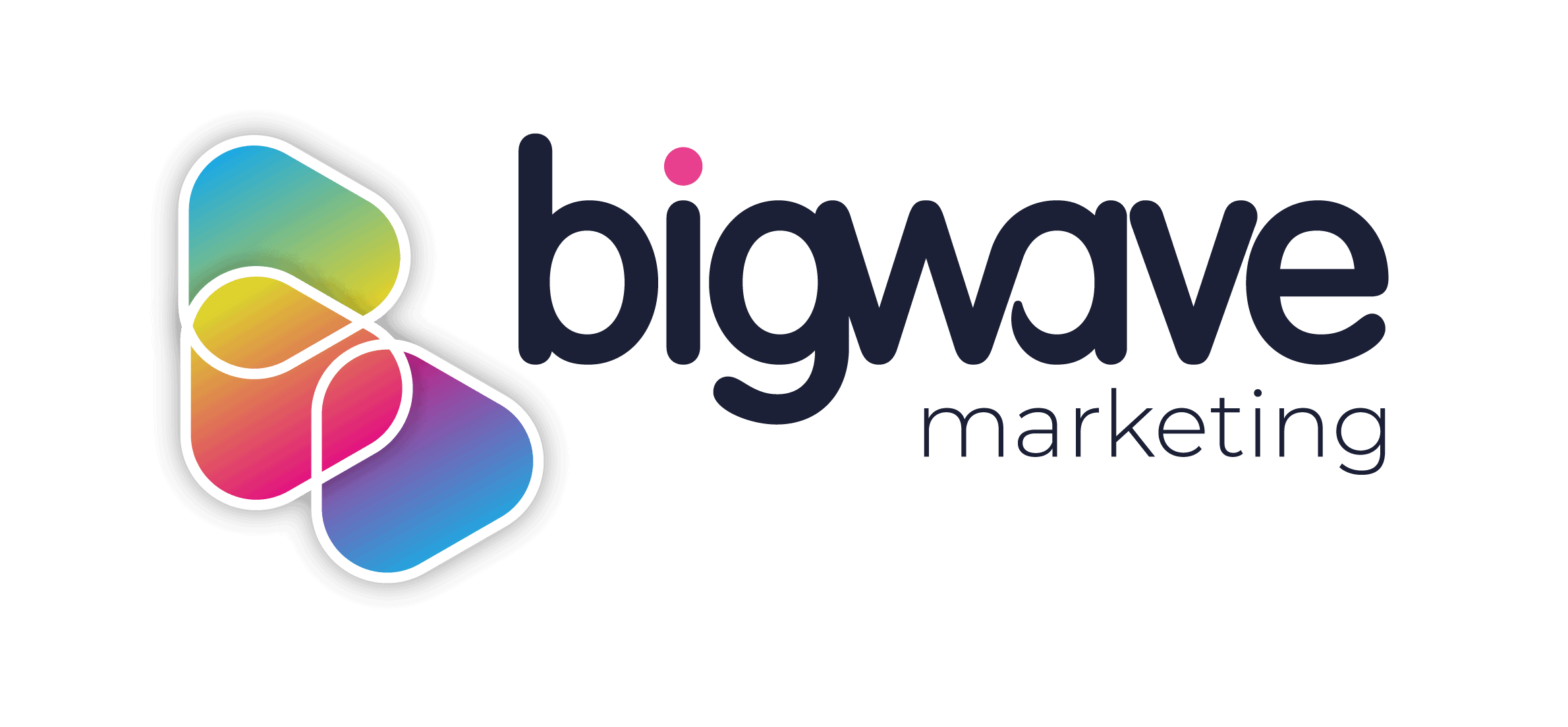The COVID-19 pandemic has had a massive impact on businesses across all sectors and specialities. Not only has it transformed the way businesses must operate in order to survive, but it has also exposed the importance of customer loyalty and retention.
With both businesses and consumers having to reduce expenditure, customer acquisition is even harder than it was pre-crisis.
However, there are still ways in which businesses can grow and flourish – it just takes a change of approach. According to Forbes, it can cost 5x more to attract a new customer than retaining an existing one. Instead of trying to attract new customers, marketers might want to consider putting their efforts into increasing customer retention.
As a result of this, most marketers today have a new goal: drive growth by finding cost-effective and scalable ways to improve customer retention, enhance customer experiences, and increase profits.
But how can you increase customer retention without spending too much?
One answer to this is to use automated customer journeys to their full advantage.
How automated customer journeys can increase customer lifetime value
Marketing automation software has the power to grow your business with almost no effort at all. This is because marketing automation software helps you deliver the right message to the right people through the right channels at the right time – something that would be almost impossible to do (let alone scale up) with the average marketing department’s resources, budget, and customer-based information.
We’ve talked previously about marketing automation’s power to generate and nurture leads, but it’s important to note that it’s also an incredible tool for increasing the total profit generated from a given customer over time. This is also referred to as the customer’s lifetime value.
Customer journeys consider your customer’s experience from when they first become aware of your brand through to the point that they purchase your product or services.
It’s important to be in touch with the customer from start to end of their journey and throughout the different stages to make sure that they feel valued, heard, and engaged. It can also help you collect valuable customer feedback. An automated customer journey is a hands-off way of leading your customer from the start of their journey to the end, usually through email marketing.
This can lead to increased customer satisfaction, improved sales, and reduced end-to-end service cost. Automated customer journeys keep your customers engaged without you having to plough all your time and resources into the task — all whilst driving increased ROI and helping you retain existing customers for longer.
The longer you can retain a customer, the higher their lifetime value will be.
3 easy ways to use automated customer journeys and increase retention
The great thing about marketing automation is that it’s endlessly customisable. Having said that, there are three easy ways to use the software to make retaining customers easier, more cost-effective, and more reliable:
1. Welcome and onboarding
“Welcome” emails are about as close to a “guaranteed win” as you can get. In fact, studies have shown that welcome emails have an average open rate of between 50-65% – that’s over 85% higher than the average open rate for email newsletters!
A welcome email can make your customers feel that your business is more credible, as well as keeping you at the top of their mind (and inbox!) when it comes to deciding whether to purchase from you or a competitor.
Sending a welcome email to new customers might seem like an obvious way of engaging customers and increasing customer loyalty, as many as 50% of companies don’t use email to greet new customers.
It’s important to note that automated onboarding messages are so much more than just one welcome email. Onboarding campaigns can also include:
- Thanks for becoming a customer/member
- Requests for feedback on the initial buying process
- Requests for product or service reviews
- Collecting more information about the recipient to help personalise their experience
- Providing your customer with a point of contact
You might already use a manual welcome process, but automation allows for segmentation and personalisation at scale. Automation can take care of the repetitive task of sending out welcome emails whilst also allowing you to tailor onboarding experiences to particular customers.
If you’re still not convinced that automation can help boost your onboarding email efforts, know that “triggered” emails (ones that are delivered in real-time) have 4x higher average open rates than email newsletters.
2. Re-engaging inactive customers
Growing your customer base can be a bit of a double-edged sword. As you grow, it’s inevitable that some customers will become inactive over time. Up to a quarter of customers can be lapsed existing customers, which shows the importance of re-engagement activities.
Although this might seem like a time-consuming task, there are a few steps that you can follow to make it easy and effective:
- Use existing customer data to define what an “inactive” customer looks like. This could be the date of their last purchase, the date of their last login to your tool or software, or the date of their last visit to your premises or website.
- Segment your inactive audience based on preferences, needs, purchase histories, etc.
- Create relevant, useful, and persuasive content for each segment. For example, inactive software users might be tempted to come back to your services if they receive an offer of an upgrade or free trial to a premium version of your software. An email with lots of links to free training videos might be perfect for a new software customer who hasn’t used your product in a while.
- Automate the delivery of this content at the point when the customer becomes (or looks as if they’re going to become) inactive.
3. Customer feedback and collecting reviews
Good customer experiences are the difference between creating and keeping a loyal customer and losing customers for good. Over 30% of customers reported that they would leave a brand they love after just one bad experience, which then shoots to a whopping 92% after two or three negative interactions.
This clearly shows that if you fail to pick up on points of friction in your customer experience before they happen again, you might just lose a customer forever.
Luckily, automating your customer journey can help with this.
Consider which points in the customer experience might need checking and schedule requests for feedback after each of these points. To avoid irritating your customers, keep these requests relevant and add context to your request based on the timing of the communication.
For example, a new customer might appreciate an email after a few weeks that asks for feedback on the product or service, delivery, website experience, etc.
This message would, however, be irrelevant to longer-term customers, who might instead prefer an email asking for feedback about customer experience, troubleshooting, and general feedback.
Demonstrating that you listen to and value this feedback by implementing it can improve customer loyalty.
You can even set up your automation so that neutral or negative responses trigger a notification for a member of staff to get in contact with the customer, whereas positive responses can trigger a request to leave a public review or testimonial.
In conclusion
In a world where keeping hold of your existing customers is more important than ever, using technology to your advantage can save money, time, and stress.
Automated customer journeys could be the key you need to turn customers into your best marketers.







